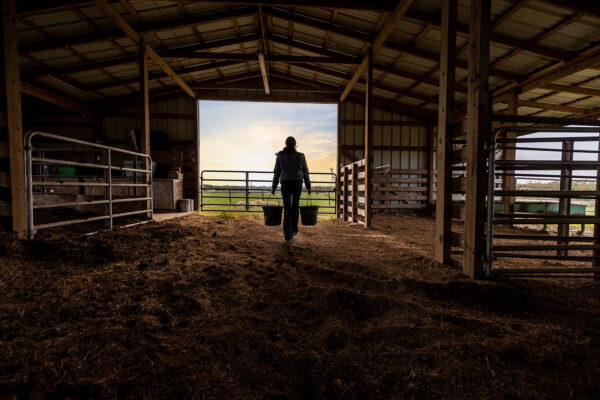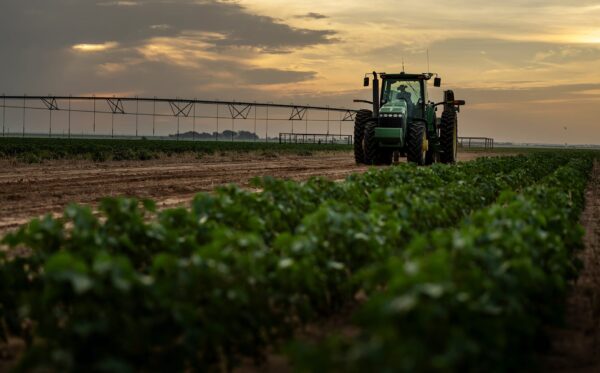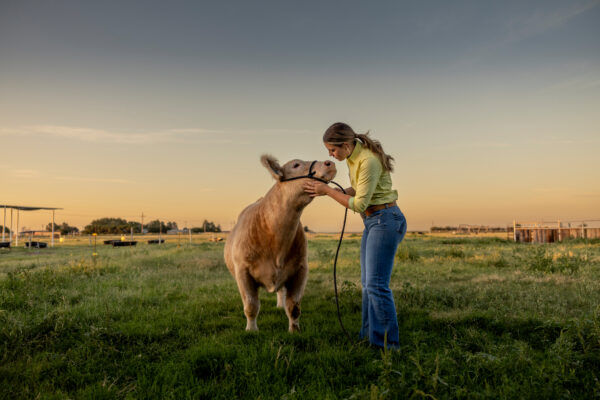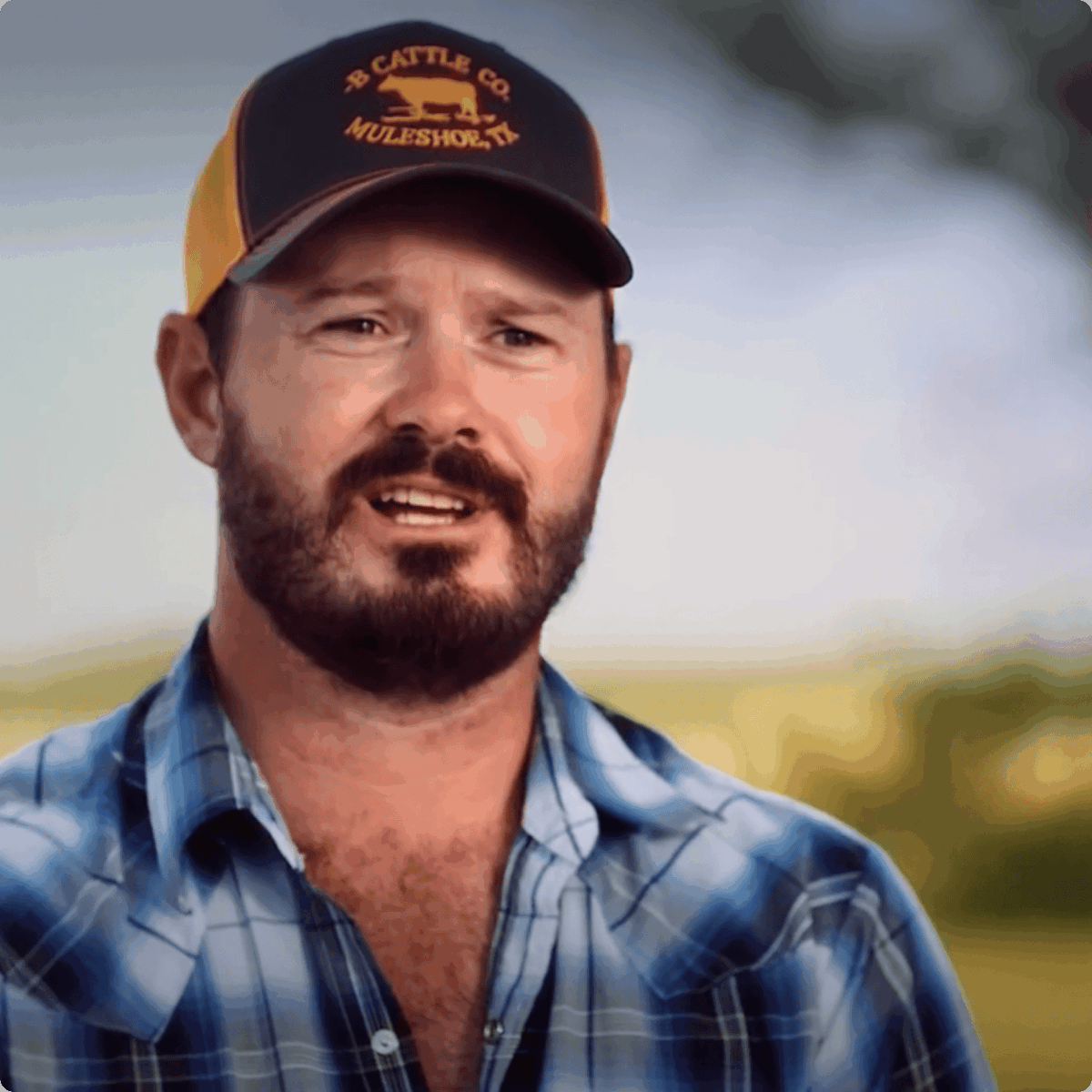Patronage Program

Capital Farm Credit’s Patronage Program is designed to give back to our members, making us unique among financial lenders.
Unlike traditional banks, we’re a cooperative, which means our members share in our financial success. When you become a member, you’re not just borrowing – you’re investing in the cooperative. Capital Farm Credit has given back to its members more consistently than other financial institutions, sharing a total of $2.9 billion in cooperative returns since 2006.
By choosing Capital Farm Credit, you’re choosing a lender that sees your success as part of its own. By sharing our earnings, we help you reinvest in your farm, ranch, or agribusiness, and reinforce our commitment to strengthening rural communities.
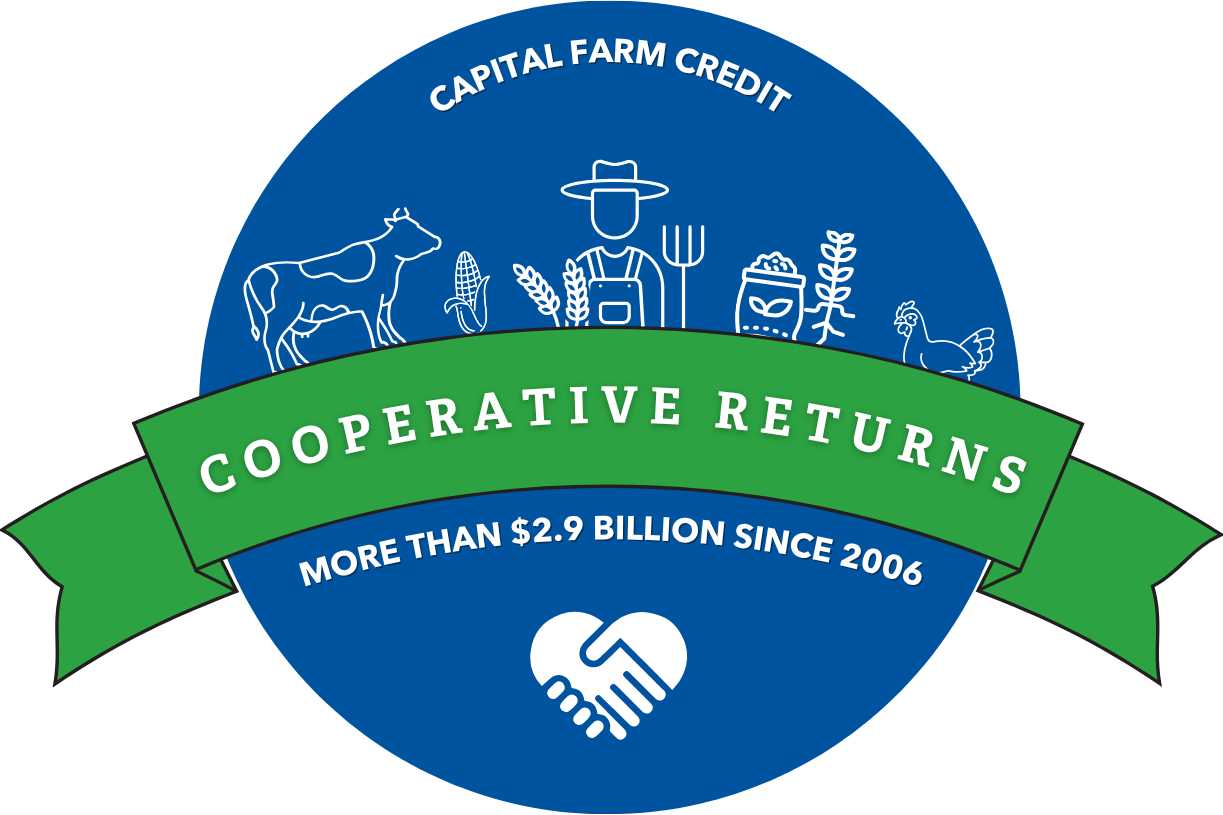
Patronage returns that effectively lower your borrowing cost.
Patronage returns vary each year depending on Capital Farm Credit’s performance. At the end of each fiscal year, our Board of Directors evaluates the financials to determine how much of our earnings must be kept as capital to keep our cooperative strong and how to allocate a portion of net earnings back to our members in the form of cash distributions and allocated equity.
How it Works
Your return is based on your contribution through qualifying products and programs, including agriculture loans, land loans, agribusiness loans and our beginning and small farmer loan program.
The cash portion provides immediate financial benefits, while the allocated equity is disbursed upon retirement. On average, we return a significant portion of our earnings in cash, which can effectively lower your borrowing cost.
Reduce Your Interest Rate
Loan Amount
$500k
Interest Rate
7.25%
Interest Payable Year 1
$36,250
Share of Patronage
0.0059%
Estimated Cash Dividend
$4,876.18
Interest Rate After Discount
of Cash Dividend
6.27%
Patronage Return Calculator
See how much you could lower your interest rate.
*Calculations based on as if the loan was made January 1, 2024.
The Association has consistently made capital distributions in each of the last several years. However, past distributions should not be construed as potential future distributions. Each year, the Association’s board of directors will make a decision regarding capital distributions after evaluating the Association’s total capital and overall financial condition.
Information provided above is for informational purposes only. Actual patronage dividends may vary.
Cash Refund
$0
Effective Interest Rate
0%
Allocated Equities
$0
The bottom line: real savings for you.
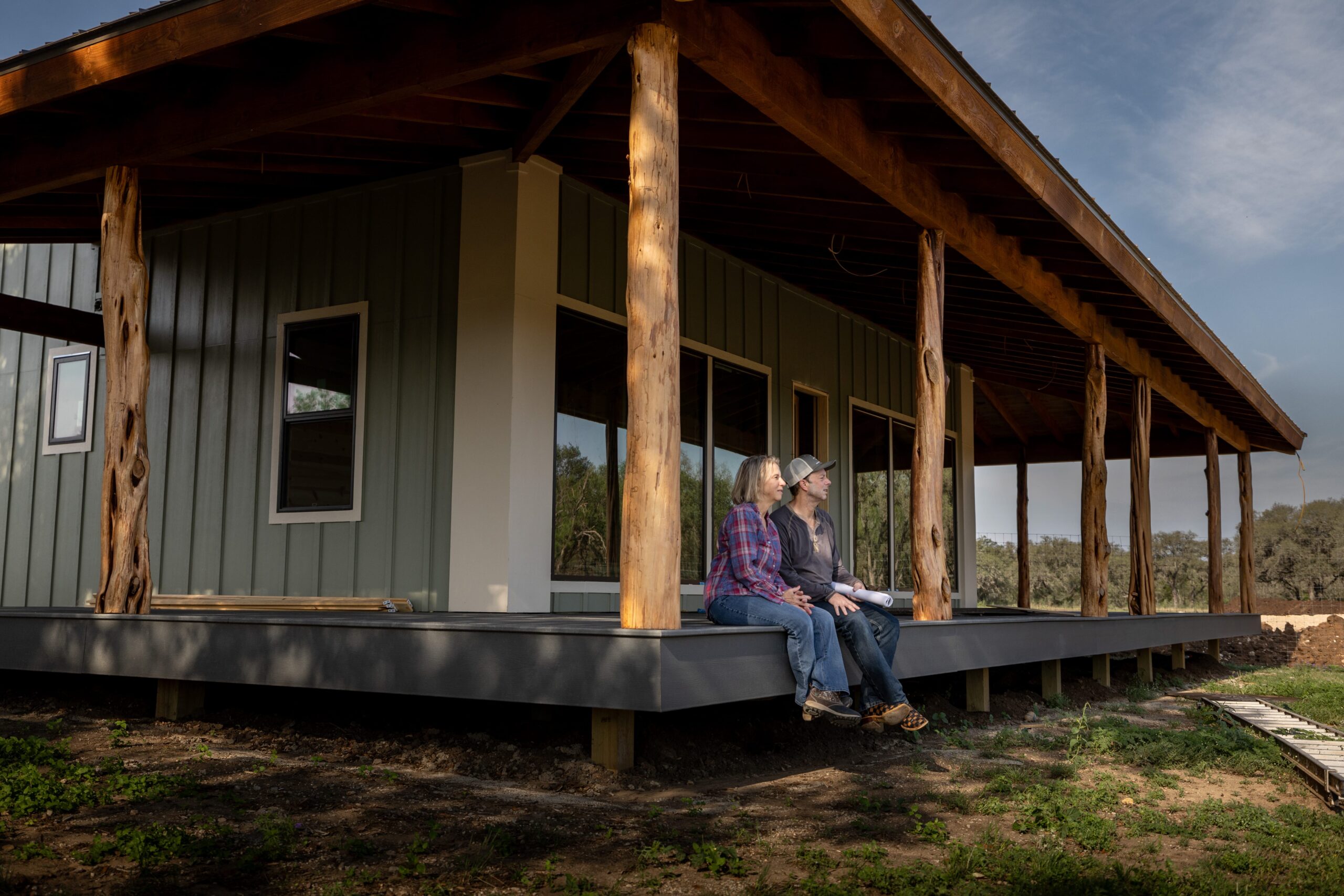
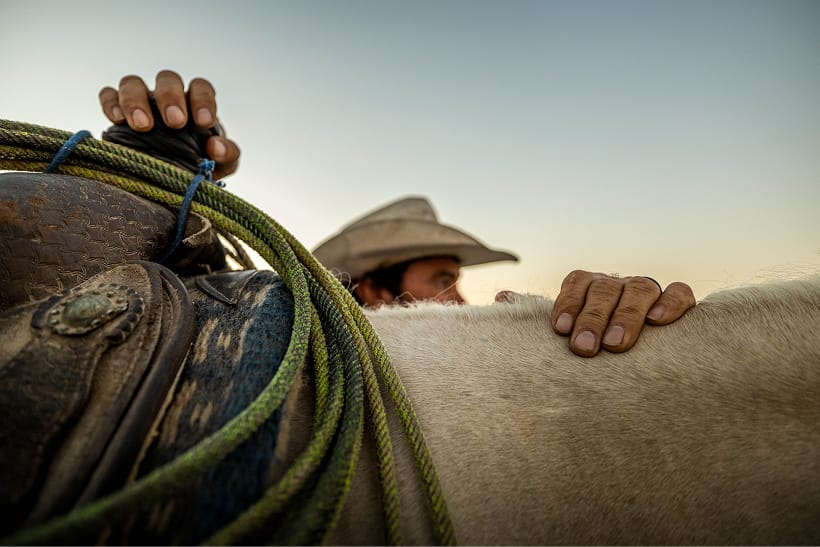
Ready To Get Started?
Applying for a Capital Farm Credit loan is easy and secure. Start by filling out the form at the link below—we’ll use your information to match you with the right loan application for your needs.
Need help getting started? We’re here for you — just give us a call at 877-944-5500.
Apply NowFrequently Asked Questions
A cooperative return is a share of Capital Farm Credit’s earnings given to patrons who borrow money from the association. All members who have a loan relationship in good standing or who have allocated equities with Capital Farm Credit may be eligible for a cooperative return from the Patronage Program. Cooperative returns encompass cash dividends and allocated equities.
The Capital Farm Credit Board of Directors makes an annual decision regarding our Patronage Program based on a number of factors, including the association’s financial performance. A borrower’s share of the return is determined by the total earnings generated by the association and is allocated based on the interest earned on his or her loan. Each individual borrower’s patronage amount will depend on that borrower’s interest rate and loan volume. Simply put, the return is based on the amount of business the borrower does with Capital Farm Credit.
Capital Farm Credit runs long-term financial projections and plans accordingly to ensure our philosophy is sustainable. Continuing our Patronage philosophy is important, and we manage our business with this in mind. We’ve paid cash and allocated nonqualified equities since 2006.
The Patronage Program results in a return of a portion of the interest the member paid, which ultimately lowers the effective rate and reduces their borrowing cost. Capital Farm Credit charges a market interest rate on loans, but our customers get money back through our Patronage Program, which reduces their cost of financing.
Earnings that are not returned to members are reinvested in the cooperative to capitalize the association. In addition, unlike most corporate earnings, Capital Farm Credit’s earnings distributed as nonqualified equities are taxed only once — to the member when they are distributed in the form of a cash payment.
